California is one of the most hydrologically altered landscapes in the world. As water becomes ever more scarce and the human population continues to grow, that vast engineered system strains to meet the needs of people let alone the needs of nature.
Water rights allocations far exceed actual surface water supply, and millions of wells tap groundwater to meet the increasing demands of farms and communities. As groundwater reservoirs are depleted they can in turn reduce surface flows – exacerbating a vicious cycle in which people and nature both lose. Rivers, wetlands and groundwater-dependent ecosystems are caught in this struggle for an increasingly limited resource. Nearly half of California’s roughly 4,000 freshwater species are considered vulnerable to extinction. Of the taxa that are found nowhere but California – our endemic freshwater biodiversity – 90 percent are at risk.
But there is hope. While it is impossible to return natural flows to most of California’s rivers and streams, we can – through science, technology, and innovative market tools – endeavor to deliver water when and where nature needs it most.
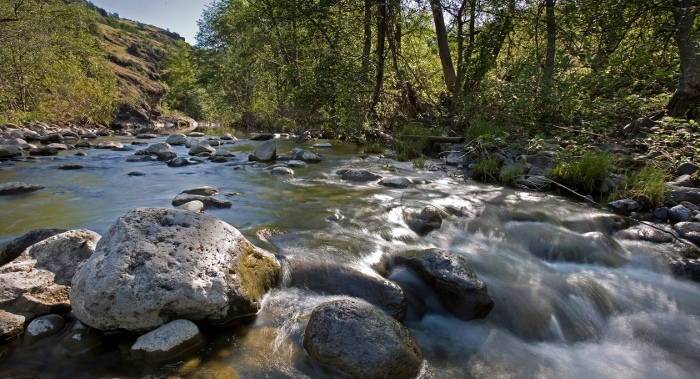
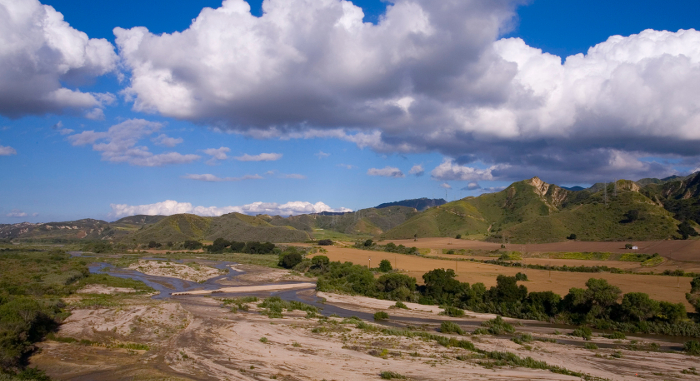
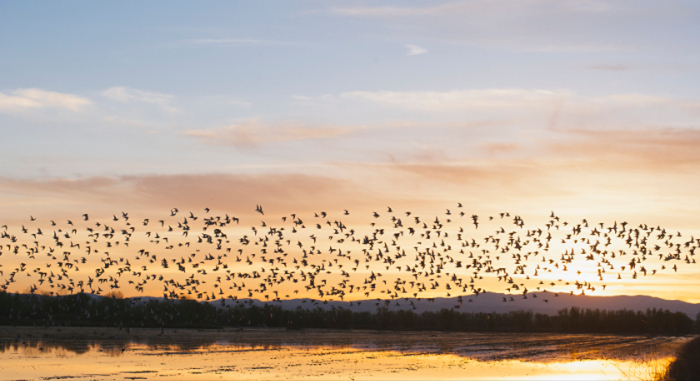
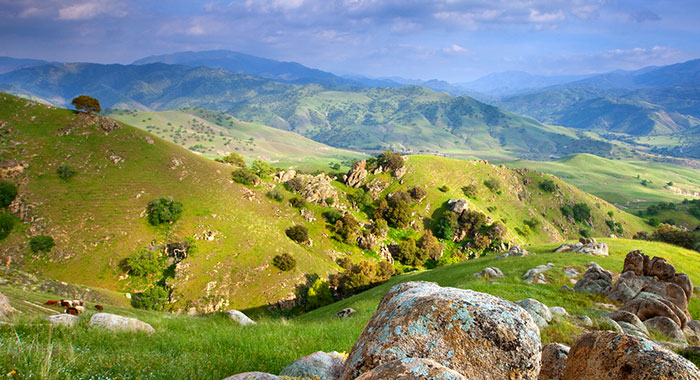
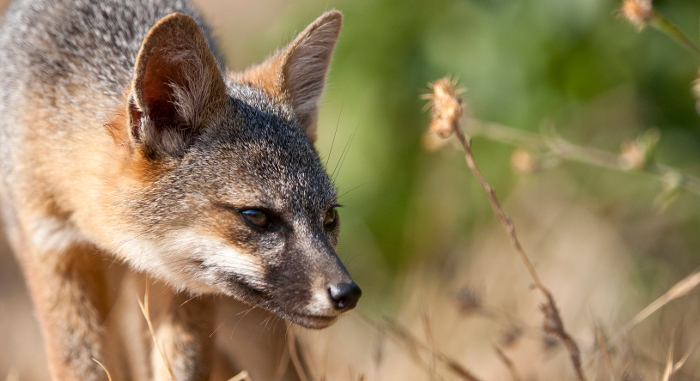
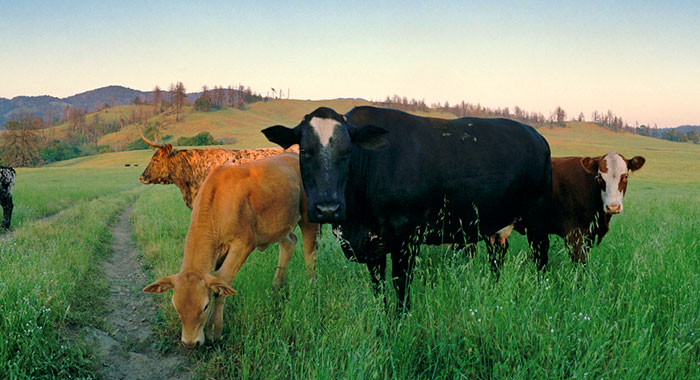
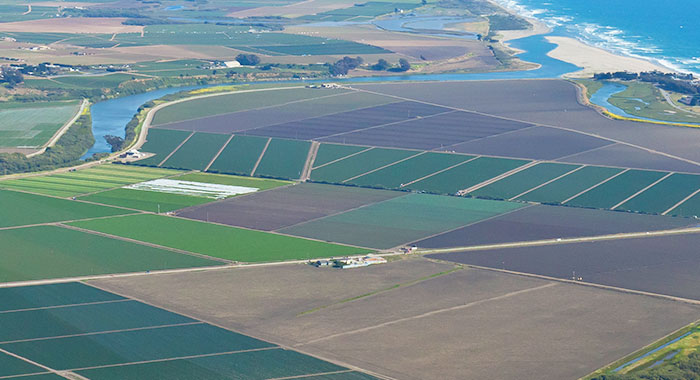

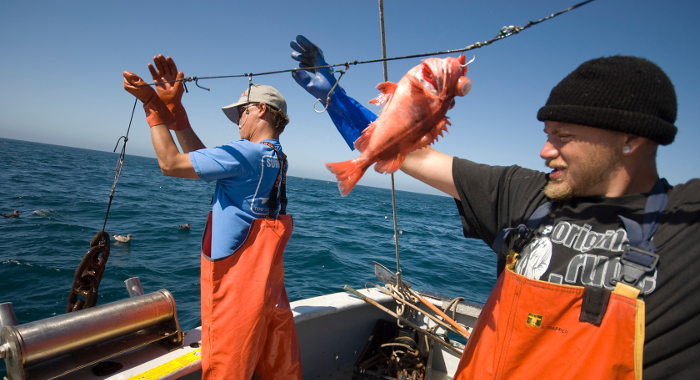
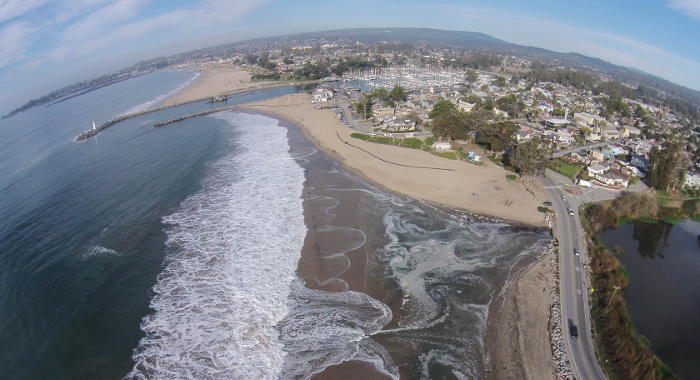
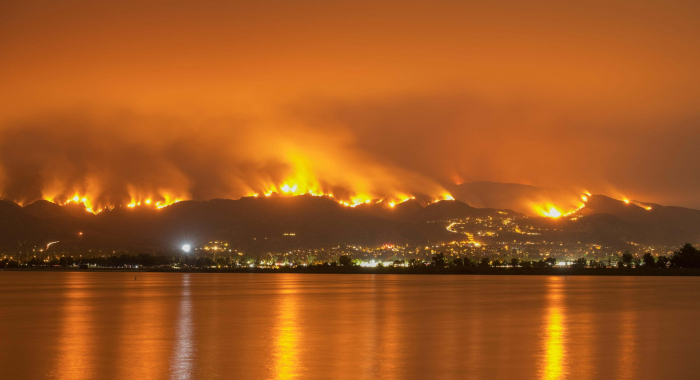
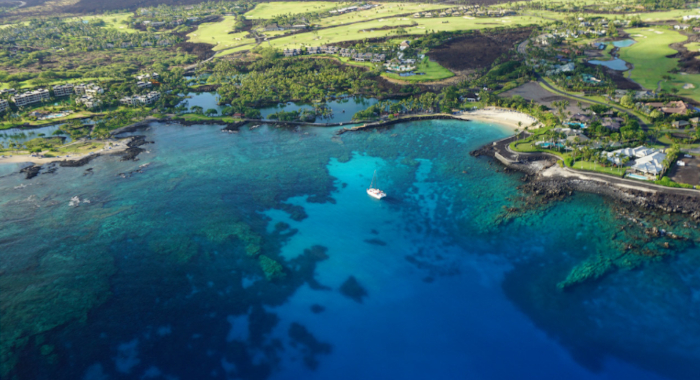
Doak, D.F., G.K. Himes Boor, V.J. Bakker, W.F. Morris, A. Louthan, S.A. Morrison, A. Stanley, L. Crowder
One of the key components of a recovery plan for a threatened or endangered species in the United States is the set of recovery criteria that will be used to evaluate progress in abating the threats…Katie Andrews, Megan Webb, Robin Cox
This interactive webmap takes a multimedia approach to showcase the Conservancy’s conservation legacy in Marin County, California. Eleven achievements are profiled with photographs and…Cause Hanna, Ida Naughton, Christina Boser, Ruben Alarcón, Keng-Lou, James Hung, David Holway
Floral visitation by ants can compromise plant reproduction in situations where ants interfere with more effective pollinators. This paper documents how Argentine ants on Santa Cruz Island in…Daniel Karp, Sasha Gennet, Rodd Kelsey
M.L. Mann, P. Berck, M.A. Moritz, E. Batllori, J.G. Baldwin, C.K. Gately, D.R. Cameron
Between 1940 and 2000, nearly 10 million housing units were constructed in California. This new development led to increased interaction between human and natural communities. Tha authors of this…Walter N. Heady, Kevin O'Connor, Jennifer Kassakian , Kate Doiron, Charles Endris, Daniel Hudgens, Ross P. Clark , Jena Carter , Mary G. Gleason
Estuaries are some of the most productive ecosystems on the planet. This inventory classifies more than 600 coastal confluences on the West Coast of the United States. Each estuary was classified…Brent B. Hughes, Matthew D. Levey, Jennifer A. Brown, Monique C. Fountain, Aaron B. Carlisle, Steven Y. Litvin, Correigh M. Greene, Walter N. Heady, Mary G. Gleason
Estuaries support significant biodiversity and important ecosystem functions such as providing rearing habitat for juvenile fish and invertebrates. This report synthesizes the scientific…Matt Miller, Dick Cameron
H.B. Ernest, T.W. Vickers, S.A. Morrison, M.R. Buchalski, W.M. Boyce
Highly fragmented landscapes can pose myriad threats to wide-ranging species like mountain lions. Coastal southern California has long been the focus of research into demographics, genetics, and…Tim Bean, Bob Stafford, Scott Butterfield, Justin Brashares
This paper presents a multi-step approach to estimate the realized and potential distribution of the endangered giant kangaroo rat. The authors estimate the potential distribution by modeling…Jennifer K. Carah, Christopher C. Blencowe, David W. Wright
Coho salmon in California are critically imperiled so there is strong impetus to achieve as much habitat restoration as possible in priority watersheds quickly and with limited resources. This paper…Beltran, R.S., N. Kreidler, D.H. Van Vuren, S.A. Morrison, E.S. Zavaleta, K. Newton, B.R. Tershy, D.A. Croll
Introduced predators and herbivores can have dramatic ecological effects on island ecosystems; their eradication can produce similarly profound ecological responses. This paper analyzes data from…Eric Hallstein, Matt Miller
Cameron DR, Marty J, Holland RF
This study assesses the amount of rangeland conversion between 1984 and 2008 in California. The researchers analyzed data from the California Farmland Mapping and Monitoring Program to see where…Rick, T.C, T.S. Sillett, C.K. Ghalambor, C.A. Hofman, K. Ralls, R.S. Anderson, C.L. Boser, T.J. Braje, D.R. Cayan, R.T. Chesser, P.W. Collins, J.M. Erlandson, K.R. Faulkner, R. Fleischer, W.C. Funk, R. Galipeau, A. Huston, J. King, L. Laughrin, J. Maldonado, K. McEachern, D.R. Muhs, S.D. Newsome, L. Reeder-Myers, C. Still, S.A. Morrison
Understanding the deep history of places and resources, and the interplay between natural and cultural histories, can be critical to science-based conservation management. This paper explores the case…B. C. Mclaughlin, C. N. Morozumi, J. MacKenzie, A. Cole, S. Gennet
Anticipating how species will move as the climate changes is a fundamental concern in 21st century conservation. This study modeled potential responses of blue oak (Quercus douglasii), an…